Rajasthan is famous for its rich culture, grand forts, and majestic palaces. But beyond the desert landscape and royal heritage, the state is also home to several wildlife sanctuaries and national parks. If you’re an adventure lover or nature enthusiast, a jungle safari in Rajasthan is a must-try experience. This guide will help you plan your safari trip, covering everything from how to get there to where to stay and eat, what to see, and the best times to visit.
Location
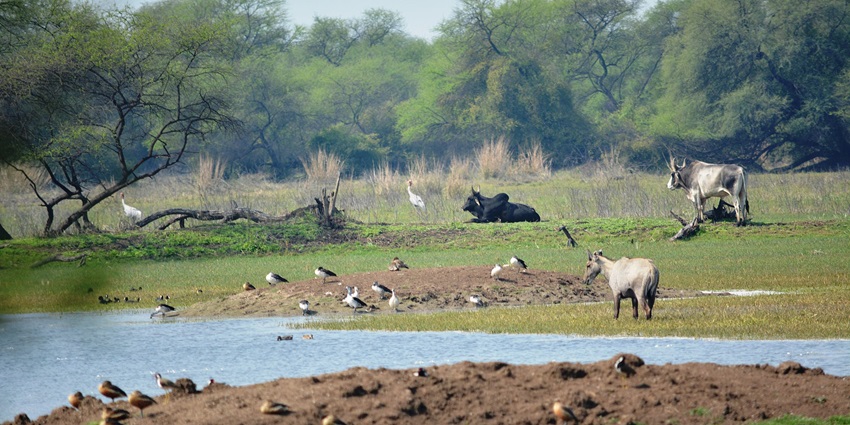
Photo: Ashwani Kumar / Wikimedia Commons / Image For Representation Only
Rajasthan offers thrilling wildlife experiences in its national parks and sanctuaries. The most popular destinations for a jungle safari in Rajasthan are Ranthambore National Park, Sariska Tiger Reserve, and Kumbhalgarh Wildlife Sanctuary. These places are known for their diverse wildlife, including Bengal tigers, leopards, deer, wild boars, and a variety of birds. The state’s parks also boast beautiful landscapes, from dense forests to rugged hills, making them ideal spots for nature lovers.
Suggested Read: Rajasthan Desert Safari
How To Reach
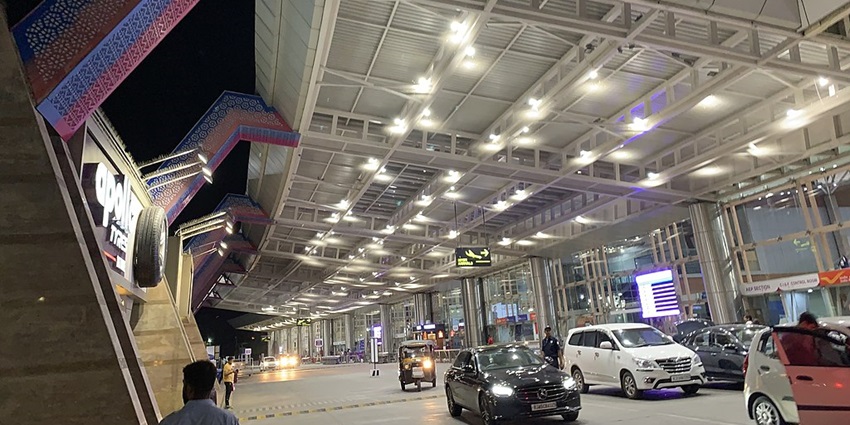
Photo: Chainwit. / Wikimedia Commons / Image For Representation Only
Rajasthan is well-connected by air, rail, and road, making it easy for travellers to reach their chosen safari destination.
By Air: The major airports in Rajasthan are Jaipur International Airport and Udaipur Airport. Both offer regular domestic and international flights, and they are the closest airports to the state’s popular national parks.
By Rail: Sawai Madhopur Railway Station is the nearest station to Ranthambore National Park, while Alwar Railway Station is close to Sariska Tiger Reserve. Regular trains from Delhi, Mumbai, and other major cities stop at these stations.
By Road: Rajasthan’s national parks are accessible by road from nearby cities. The state has good highway connectivity. Ranthambore National Park is about 14 km from Sawai Madhopur.
Top 5 Places For Jungle Safari In Rajasthan
Here is the list of top 5 places to explore the stunning jungle safaris in Rajasthan in this vacation.
1. Ranthambore National Park
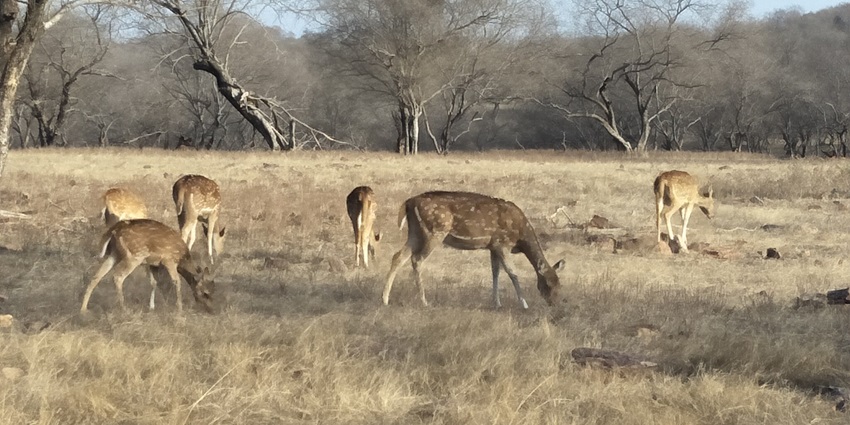
Photo: कृष्ण कान्त शर्मा / Wikimedia Commons / Image For Representation Only
Ranthambore National Park, located in Sawai Madhopur, Rajasthan, is one of India’s largest and most renowned national parks, famous for its significant population of Bengal tigers. Encompassing over 1,300 square kilometres, the park boasts a diverse ecosystem featuring lush deciduous forests, grasslands, and numerous water bodies. The iconic Ranthambore Fort, a UNESCO World Heritage site, adds historical charm to the park. Wildlife enthusiasts can spot various species such as leopards, sloth bears, and diverse bird species. The best time to visit is from October to April when the weather is pleasant for wildlife sightings.
Location: Sawai Madhopur, Rajasthan
Best Time To Visit: October to March
Suggested Read: Night Safari In Ranthambore
2. Sariska Tiger Reserve
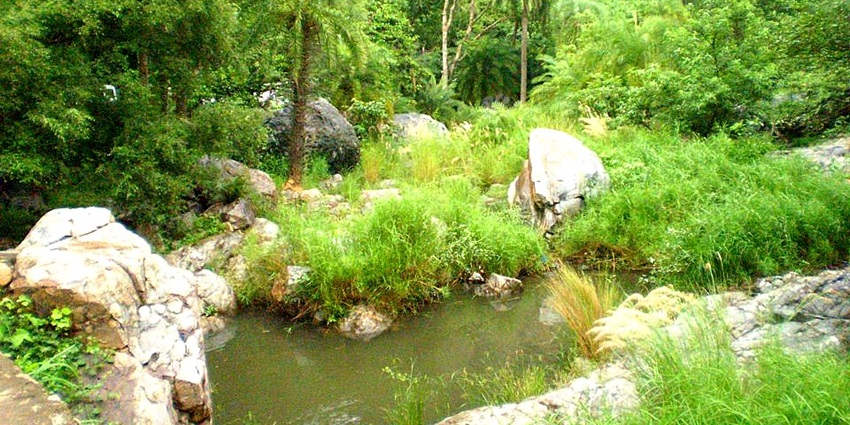
Photo: Shivalir / Wikimedia Commons
Sariska Tiger Reserve, located in the Alwar district of Rajasthan, covers an area of approximately 866 square kilometers and is known for its efforts in tiger conservation. The reserve features a mix of dry deciduous forests, rocky mountains, and grasslands, home to an array of wildlife, including the majestic Bengal tiger, leopards, and various deer species. Sariska also harbors ancient ruins and temples that add to its allure. The ideal time to visit is from October to June. Visitors can enjoy safaris for a chance to witness the rich biodiversity and rugged landscapes of the park.
Location: Alwar, Rajasthan
Best Time To Visit: October and June
3. Desert National Park
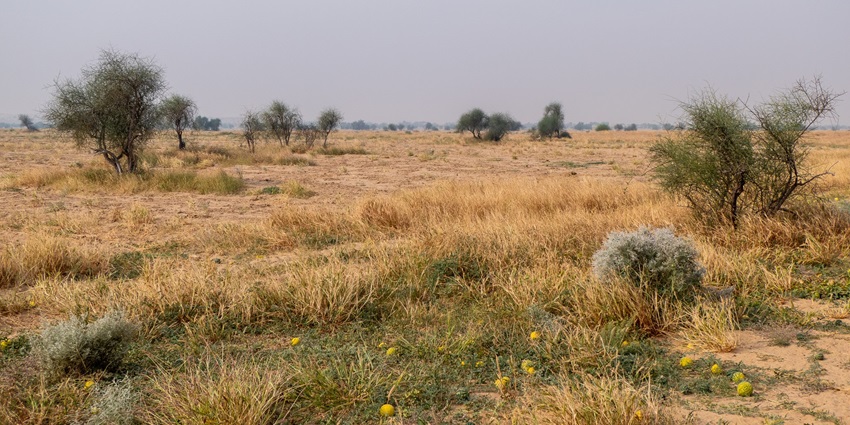
Photo: Mike Prince / Wikimedia Commons / Image For Representation Only
The Desert National Park, located near Jaisalmer, Rajasthan, is one of the largest national parks in India, covering approximately 3,162 square kilometers. As the name suggests, it features arid landscapes, sand dunes, and sparse vegetation, making it a unique habitat for various desert flora and fauna. The park is home to endemic wildlife such as the Great Indian Bustard, desert foxes, and chinkaras. The best time to visit is from October to March when the temperature is cooler. The stark beauty of the desert combined with its rich biodiversity offers a captivating experience for nature lovers and adventure seekers.
Location: Jaisalmer, Rajasthan
Best Time To Visit: October to March
Suggested Read: Desert Safari Jaisalmer
4. Kumbhalgarh Wildlife Sanctuary
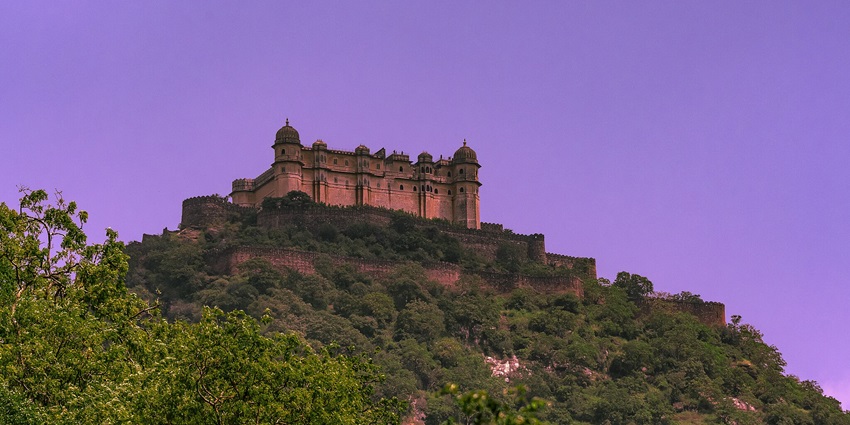
Photo: Dev1467 / Wikimedia Commons / Image For Representation Only
Kumbhalgarh Wildlife Sanctuary, located in the Rajsamand district of Rajasthan, sprawls over 578 square kilometers and is known for its stunning topography and rich biodiversity. The sanctuary is characterized by rugged hills, dense forests, and grazing land, making it a haven for wildlife. Home to various species such as leopards, wolves, and deer, it is also famous for the Kumbhalgarh Fort, another UNESCO World Heritage site. The best time to visit is between October and March. The sanctuary offers trekking and wildlife safaris, providing visitors with an opportunity to explore its natural beauty and diverse ecosystems.
Location: Rajsamand District, Rajasthan
Best Time To Visit: October to March
5. Jawai Leopard Reserve
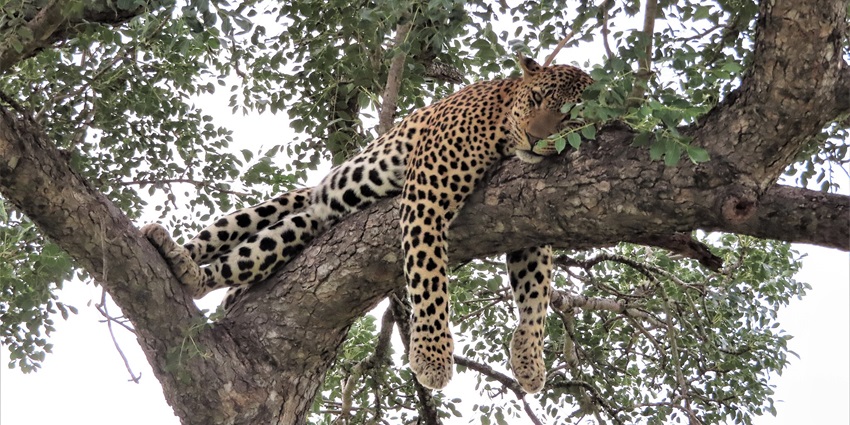
Photo: Cosal / Wikimedia Commons / Image For Representation Only
Jawai Leopard Reserve, nestled in the Pali district of Rajasthan, spans around 60 square kilometers and is recognized for its thriving leopard population. The reserve’s dramatic landscapes include rocky hills and the scenic Jawai Dam, making it a picturesque destination for wildlife enthusiasts. In addition to leopards, visitors can spot a variety of other wildlife, including nilgai and several bird species. The ideal time to visit is between October and March, when the weather is conducive for wildlife viewing. Guided jeep safaris are available, offering an exhilarating way to experience the reserve’s nature.
Location: Village Galthani, Post Jawai Bandh, Sumerpur, Rajasthan
Best Time To Visit: September to February
Suggested Read: Jawai National Park
Where To Stay
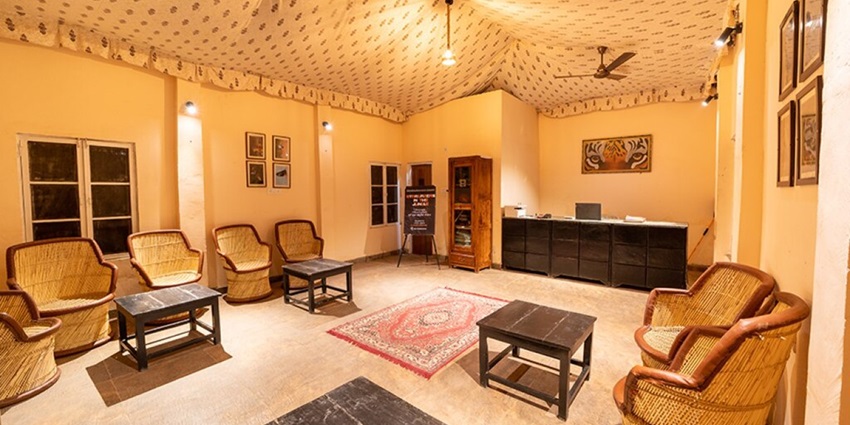
Photo: Tiger machan / Wikimedia Commons / Image For Representation Only
Rajasthan offers a wide range of accommodation options near its wildlife parks, from luxury resorts to budget hotels. Here are some recommendations:
- Little Affair Sariska: Located near Sariska Tiger Reserve, this resort offers cozy rooms and recreational activities such as hiking and bird-watching.
- Ranthambore Heritage Haveli: Situated near Ranthambore National Park, this hotel blends luxury with local culture, offering a unique stay experience.
- Kumbhalgarh Resort: Perfect for those visiting Kumbhalgarh Wildlife Sanctuary, this resort provides a peaceful stay amidst nature.
Where To Eat
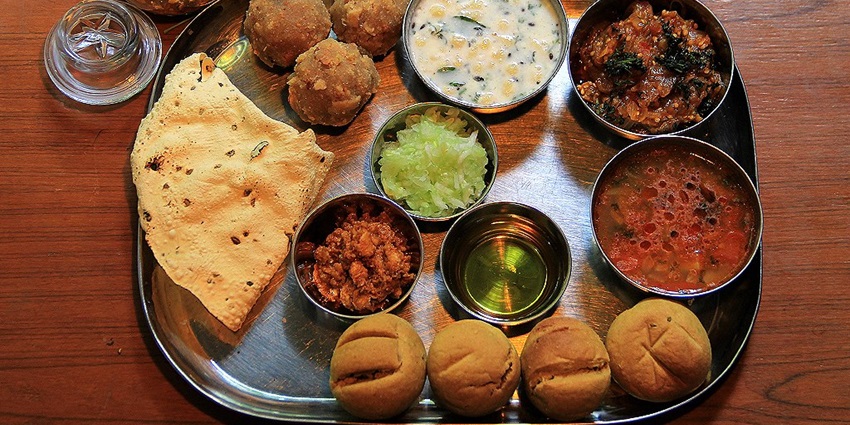
Photo: Niranjan.gohane / Wikimedia Commons / Image For Representation Only
While exploring Rajasthan’s wildlife, don’t miss out on its culinary delights. From local eateries to high-end restaurants, there are options for every taste and budget. Some great places to dine include:
- The Dining Room at Ranthambore: A restaurant located in a heritage hotel offering traditional Rajasthani food.
- Sariska Palace: A historical hotel near Sariska Tiger Reserve, known for its delicious traditional dishes.
- Local Dhaba: If you want to try authentic Rajasthani food, stop by one of the roadside eateries near the national parks.
Suggested Read: The Best Foods In Rajasthan
Best Time To Visit
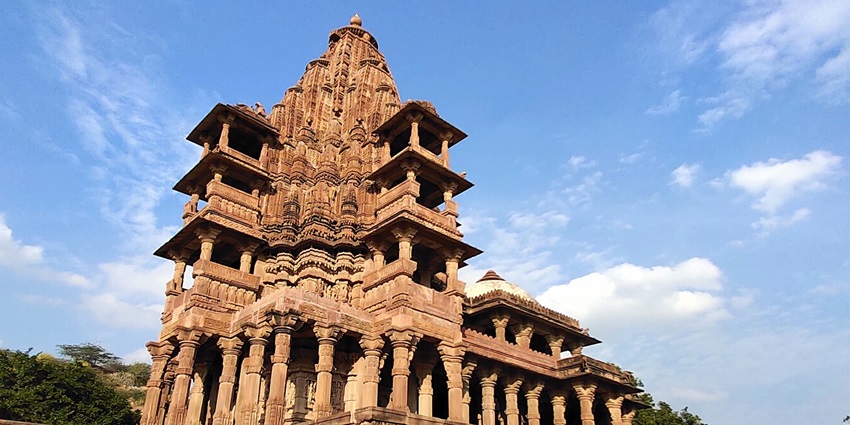
Photo: Labhesh karesia / Wikimedia Commons / Image For Representation Only
The best time for a jungle safari in Rajasthan is from October to March. During these months, the weather is cooler and more pleasant. Wildlife sightings are also more frequent as animals are more active in these cooler temperatures. Avoid visiting in the summer, as temperatures can soar above 40°C, making outdoor activities uncomfortable.
Other Factors To Consider
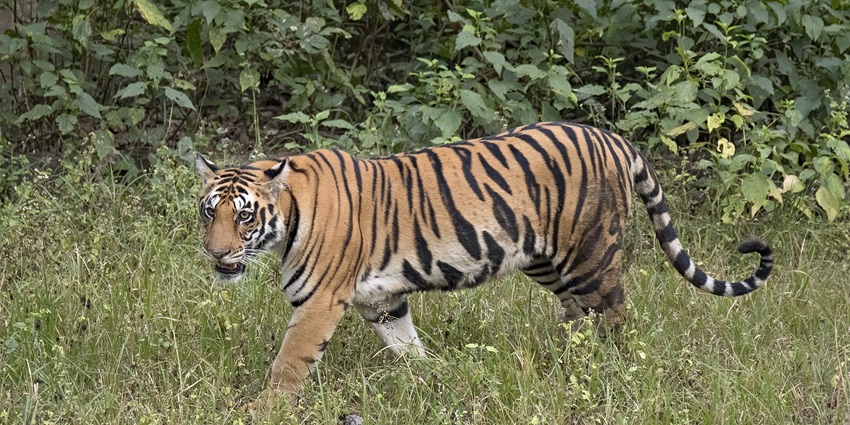
Photo: Charles J. Sharp / Wikimedia Commons / Image For Representation Only
Average Cost Of The Trip
The average cost of a wildlife trip in Rajasthan can vary significantly depending on several factors such as duration, type of accommodation, planned activities, and specific parks visited. For accommodations, budget hotels range from ₹800 to ₹2,000 per night, mid-range options cost between ₹2,000 and ₹5,000, and luxury resorts can go from ₹5,000 to ₹15,000
Tips For The Travellers
- Jungle Safari Timing: Most parks in Rajasthan offer two safari slots: one in the morning and one in the afternoon. Morning safaris are generally better for wildlife sightings, as animals are more active during cooler hours. It’s essential to check the jungle safari timing for the park you are visiting.
- Jungle Safari Entry Fee: The jungle safari entry fee differs for each park and can vary depending on whether you opt for a Jeep safari or a larger canter. Jeep safaris are more private and can be pricier, while canters accommodate more people and are more affordable.
- Clothing: Wear comfortable, breathable clothing in neutral colors that blend with the environment. Sturdy footwear is also essential for walking around the parks. Don’t forget to pack a hat and sunglasses for sun protection.
Suggested Read: Things To Do In Rajasthan
A jungle safari in Rajasthan is an exciting way to explore the state’s natural beauty and diverse wildlife. Whether you’re traveling to Ranthambore to see the Bengal tiger or visiting Sariska for a more peaceful nature experience, Rajasthan’s national parks offer something for everyone. With the right planning, including booking your safari early, dressing appropriately, and picking the best time to visit, you’ll have a memorable and thrilling adventure. Start planning your Rajasthan jungle safari with TripXL for an unforgettable wildlife experience.
Cover Photo: Rohanmyself / Wikimedia Commons / Image For Representation Only


 WhatsApp
WhatsApp
 Twitter
Twitter









